Bread maker
breadmaker bread
Breadmaker bread
The Bread Maker:
A Convenient Companion for Bakers – With a Few Caveats 😅.
I am thrilled to share my newest kitchen addition: a bread maker/chapati dough kneader!This isn’t a promotional post—I gifted myself with this gadget, from accumulated rewards points 😁and honestly, I wouldn’t have purchased it , since I’ve been quite content kneading dough with my wet grinder. But now that it’s here, I decided to test its preset chapati dough kneading function.The appliance is incredibly user-friendly, with clear instructions and precise ingredient measurements. It’s practically foolproof. The chapati dough is ready in exactly 8 minutes as per the preset timer. Just add the ingredients to the container, start the function, and let it do its thing.I’ll admit, I was skeptical at first, but I’m genuinely impressed with the dough texture. The best part? It’s entirely hands-free, allowing you to focus on other tasks while the dough gets kneaded.I can see this being particularly helpful for elderly users, busy individuals, or bachelors. While I wouldn’t call it an essential kitchen appliance, it’s definitely a handy addition.
The iconic Hero Honda tagline from the mid-'80s, “Fill it, shut it, forget it,” perfectly captures the essence of a bread maker.
If you’re someone who finds joy in the tactile pleasure of kneading sticky dough, feeling it transform from a chaotic mess into a smooth, pliable ball, then a bread maker might seem like a mechanical intruder. But don’t despair—every baker has those days when the craving for fresh bread outweighs the energy to go through the laborious process. That’s where the bread maker shines.
Effortless Bread at the Push of a Button
All you need to do is measure the ingredients, add them to the container, select a preset function, press start, and… take a nap if you wish. About 3 to 3.5 hours later (depending on the function selected), the machine beeps ten times, signaling your loaf is ready. Slide it out onto a cooling rack, and voilà—fresh bread with minimal effort.
The Limitations of a Bread Maker
For those passionate about artisanal bread in various shapes and sizes, the bread maker might feel restrictive. Its vertically shaped tin produces a uniform, brick-like loaf. Another drawback is the kneading paddle—it leaves an unsightly hole at the base of your otherwise perfect loaf, which can be visually disappointing.
However, no complaints about texture—the bread is beautifully soft, springy to touch, with perfect crumbs and a consistent bake.
Who Will Benefit the Most from a Bread Maker?
Beginners or Intimidated Bakers:
If the idea of baking feels overwhelming, a bread maker is a stress-free way to start. Just follow the manual’s recipes, and you can’t go wrong.
Health-Conscious Families:
If you’re wary of store-bought bread with preservatives and enhancers, this is a great way to have control over your ingredients.
Families with Kids:
Bread often becomes a staple in households with children. With a bread maker, you can experiment with different varieties effortlessly.
Chapati, Poori, and Paratha Dough: Say goodbye to messy countertops—the bread maker kneads dough for flatbreads effortlessly.
Homemade Pizza Nights:
The machine handles pizza dough kneading perfectly. Just shape it, bake in your oven or on a tava, and enjoy.
Aspiring Bakers Seeking Consistency: If you struggle with achieving the perfect kneaded dough, the bread maker eliminates this hurdle. Simply shape the dough for dinner rolls, pav, or artisanal loaves, and bake them in your regular oven.
A Hybrid Approach for Experienced Bakers
You don’t have to bake the bread in the bread maker itself. Instead, you can use it as a tool for kneading and proofing, then transfer the dough to your oven for baking. Personally, I plan to experiment with slow fermentation by refrigerating the dough after kneading, allowing the flavors and texture to develop further before baking.
While I’ve enjoyed the convenience and texture of bread from the machine, I’m still particular about the dome-shaped, taut finish of an oven-baked loaf. So, while the bread maker will remain a handy tool in my kitchen, I’ll reserve it mostly for kneading and proofing—and maybe occasionally accept a box-shaped loaf with a smile.
In essence, a bread maker feels like a small-scale factory—efficient, standardized, and reliable. It may not replace the artistry of traditional baking, but it certainly earns its place as a valuable assistant in the modern kitchen.
breadmaker bread
breadmaker bread
breadmaker bread
breadmaker bread
Chapati dough
Chapati dough










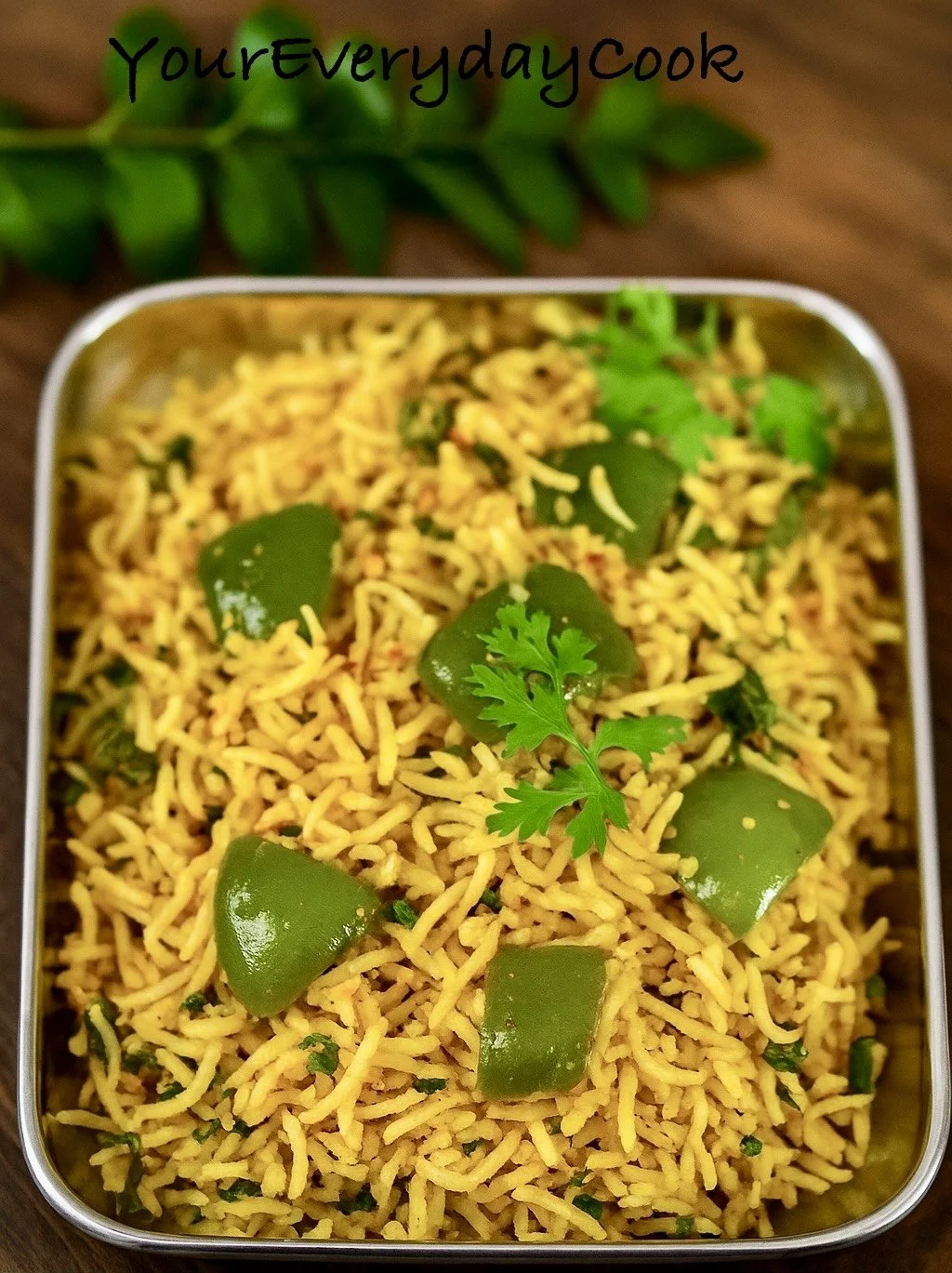
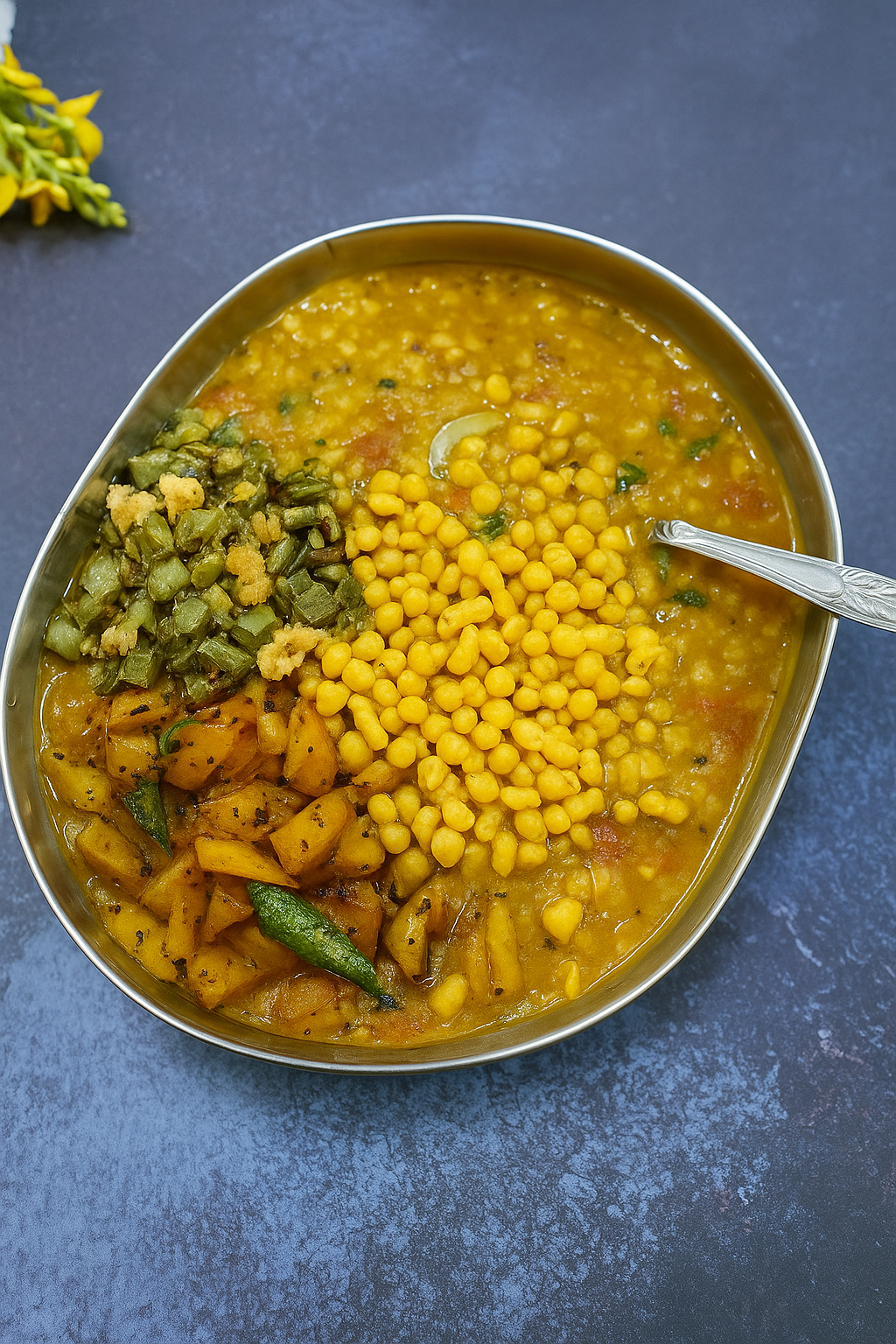

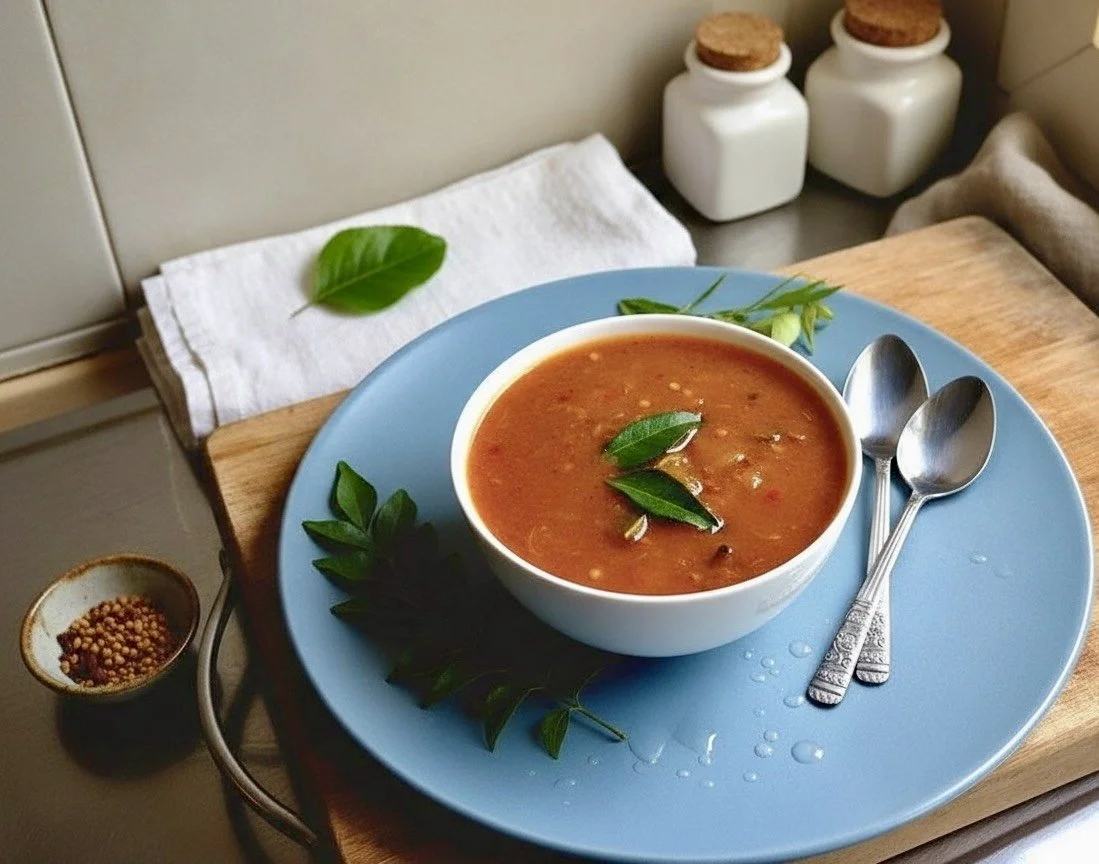

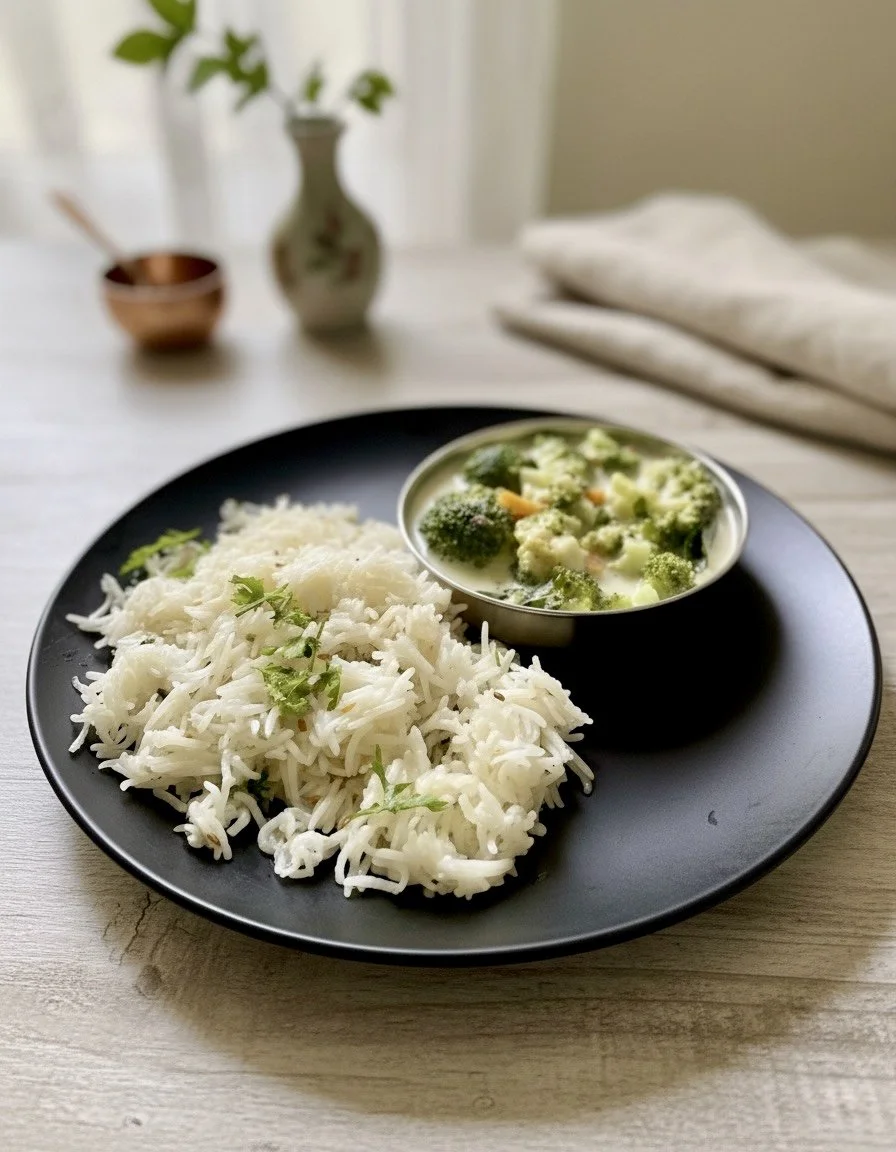
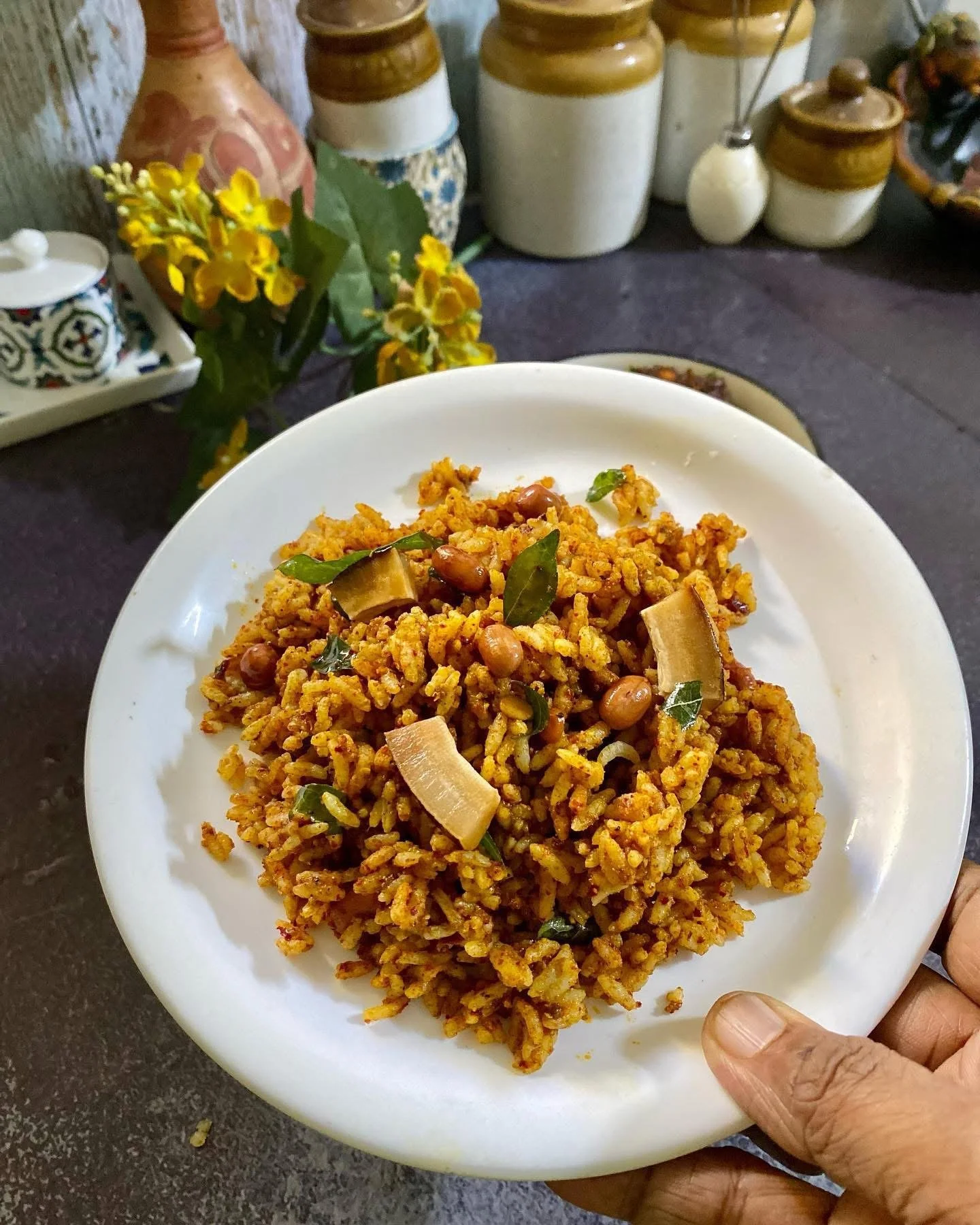
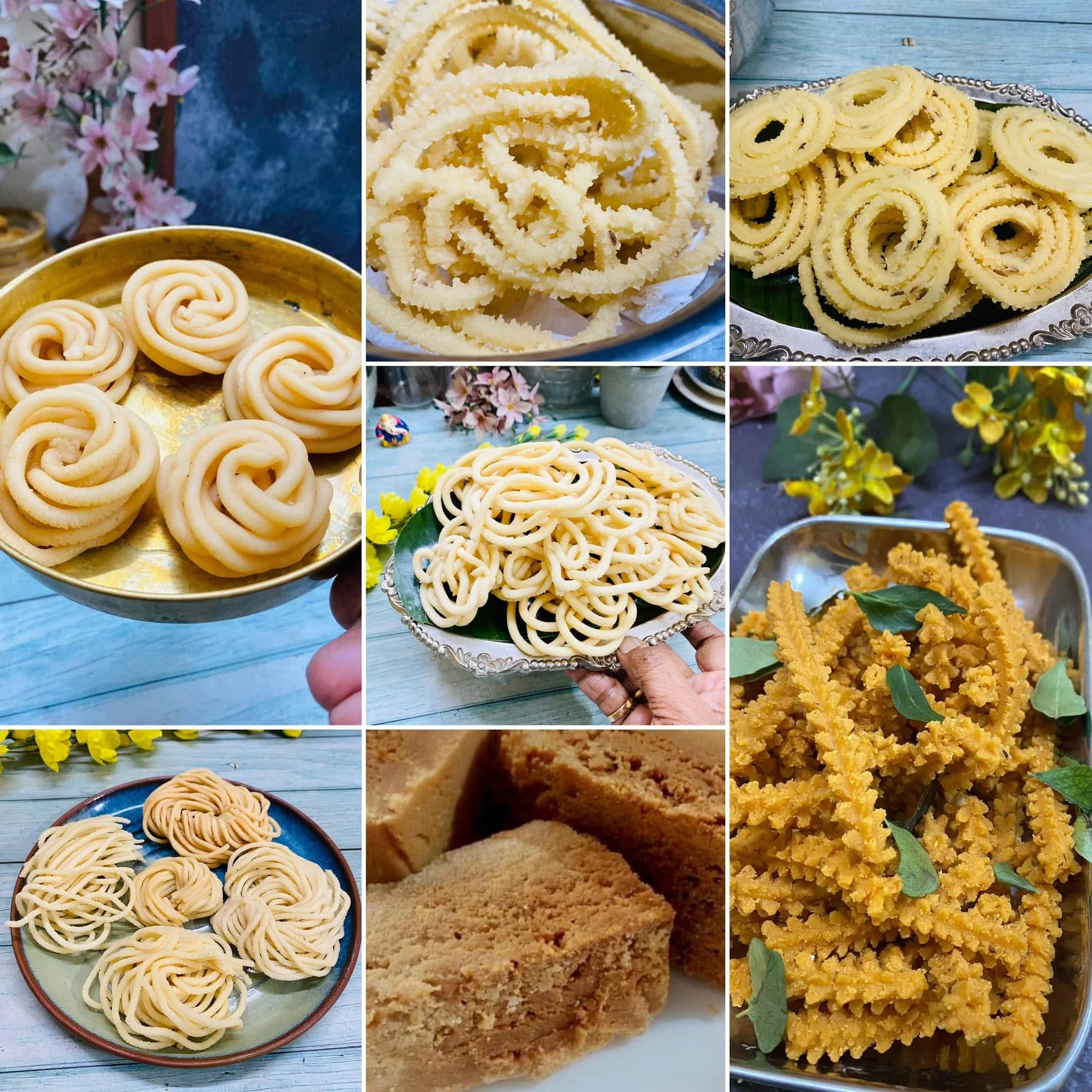
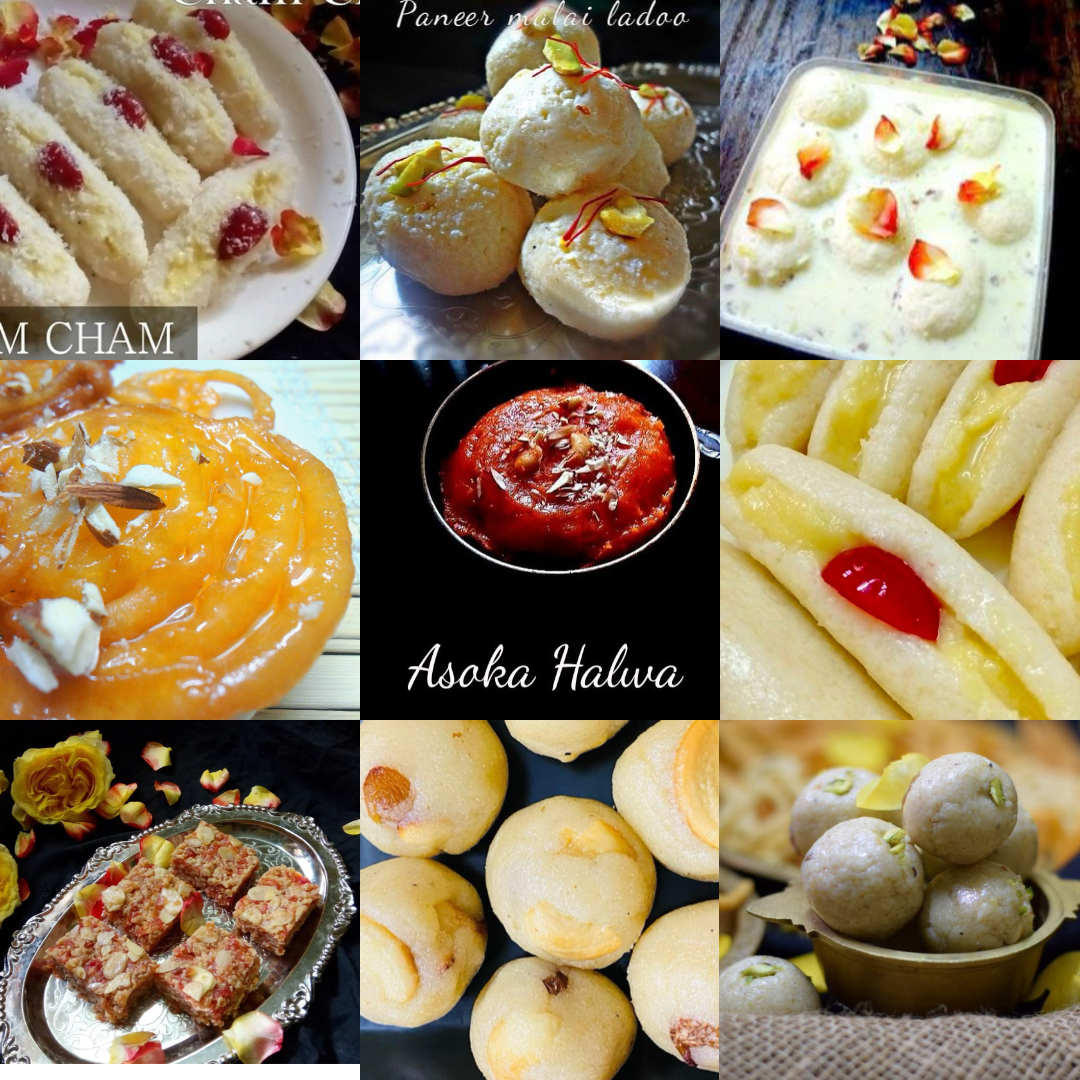
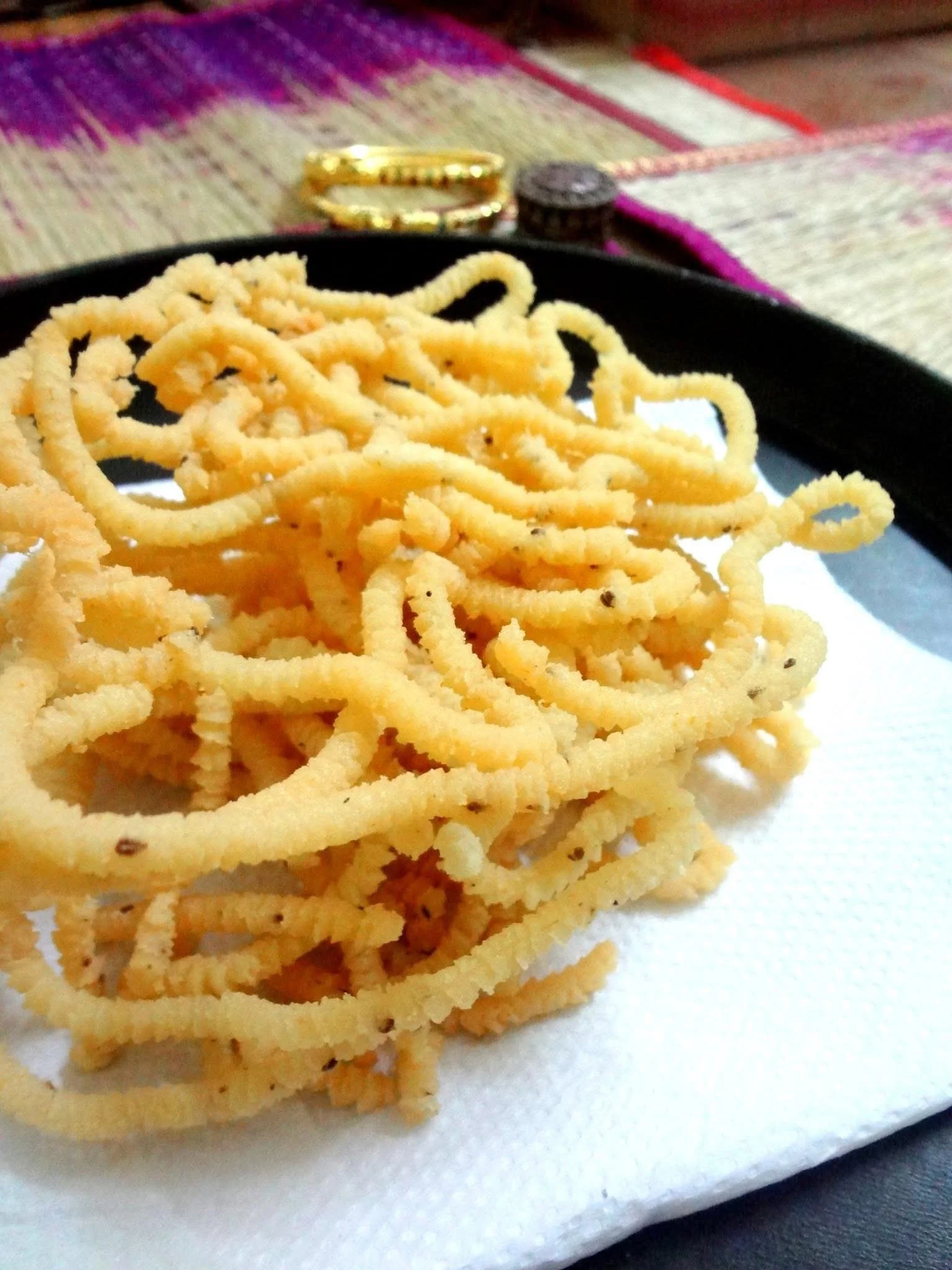

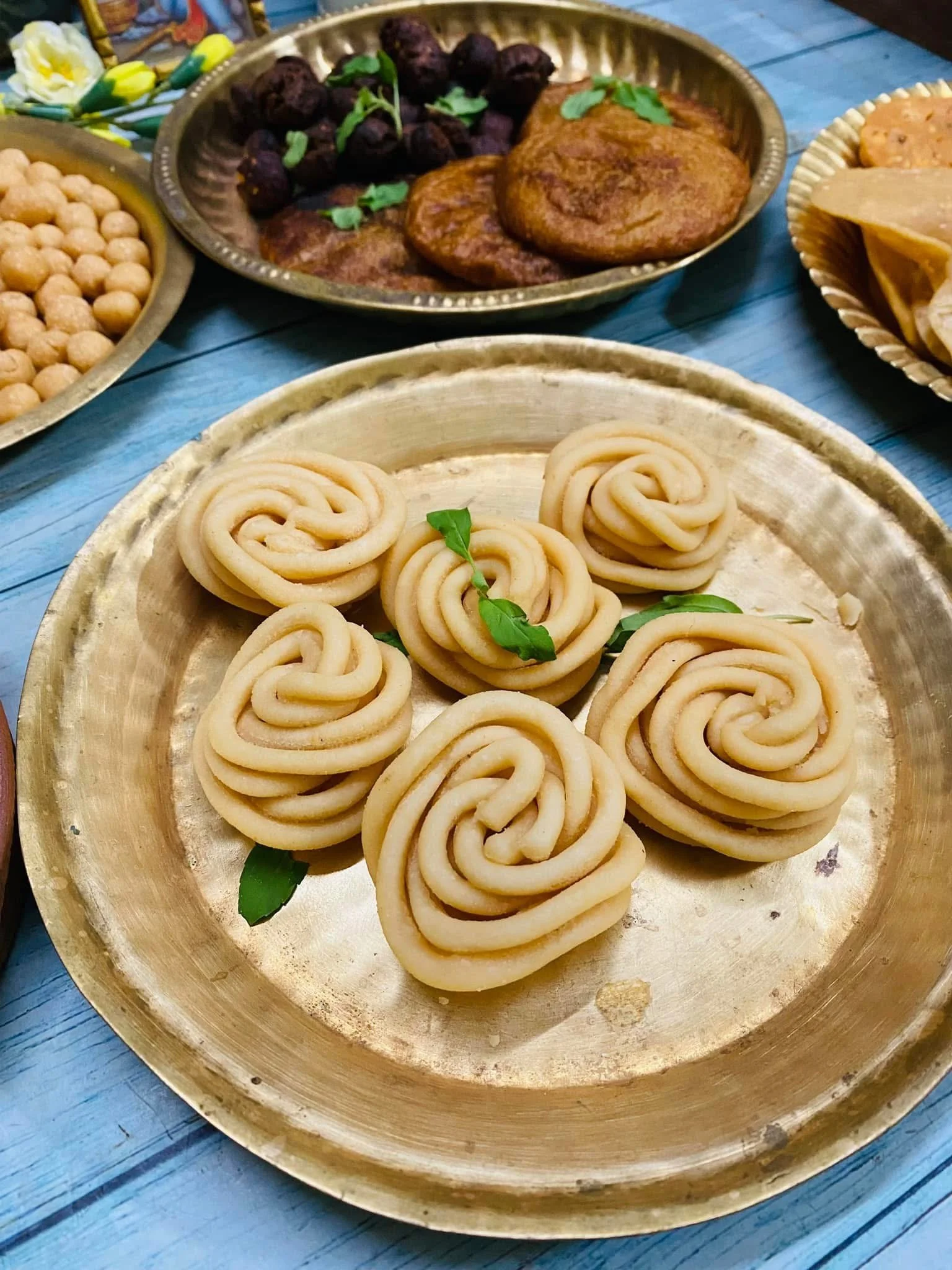




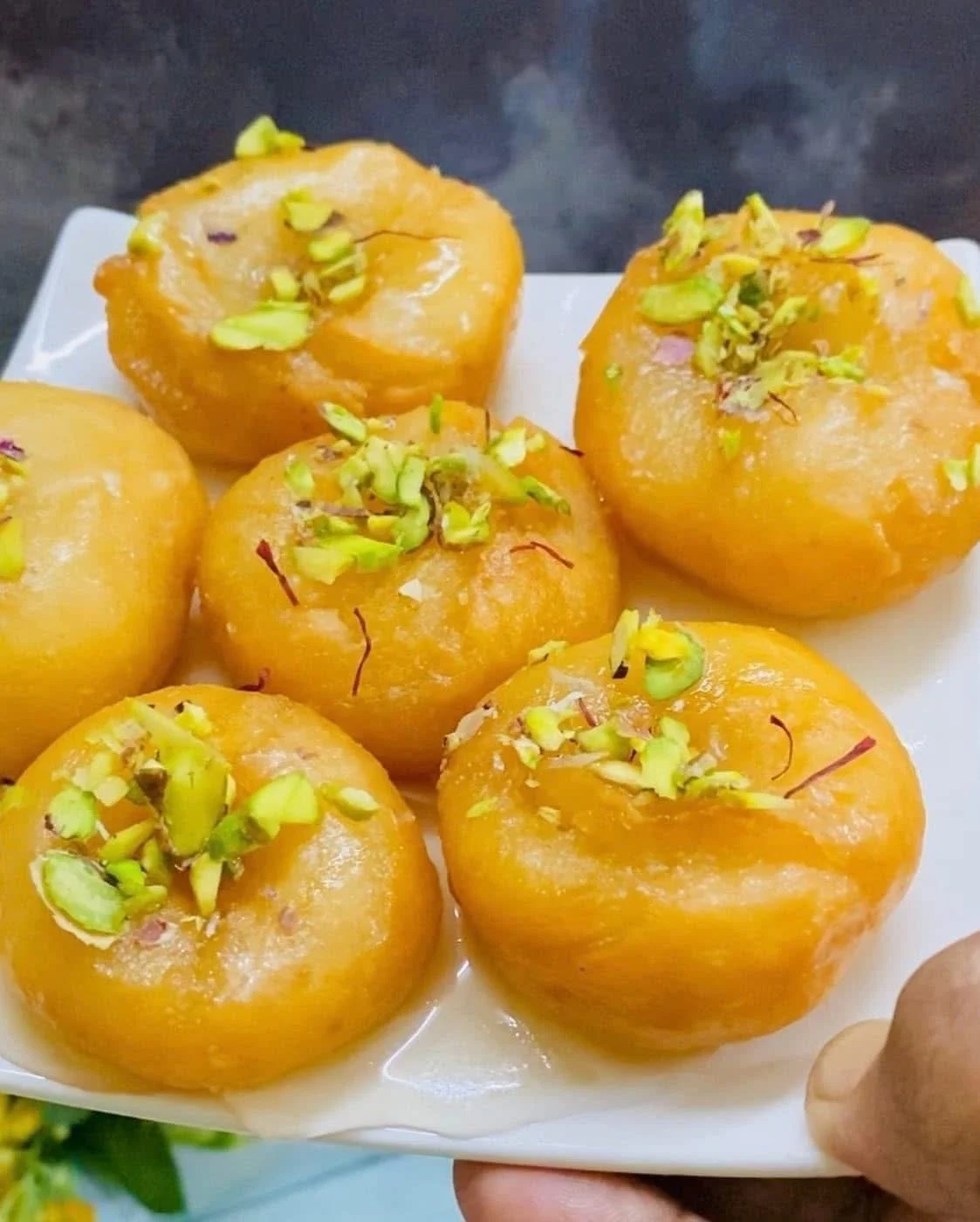

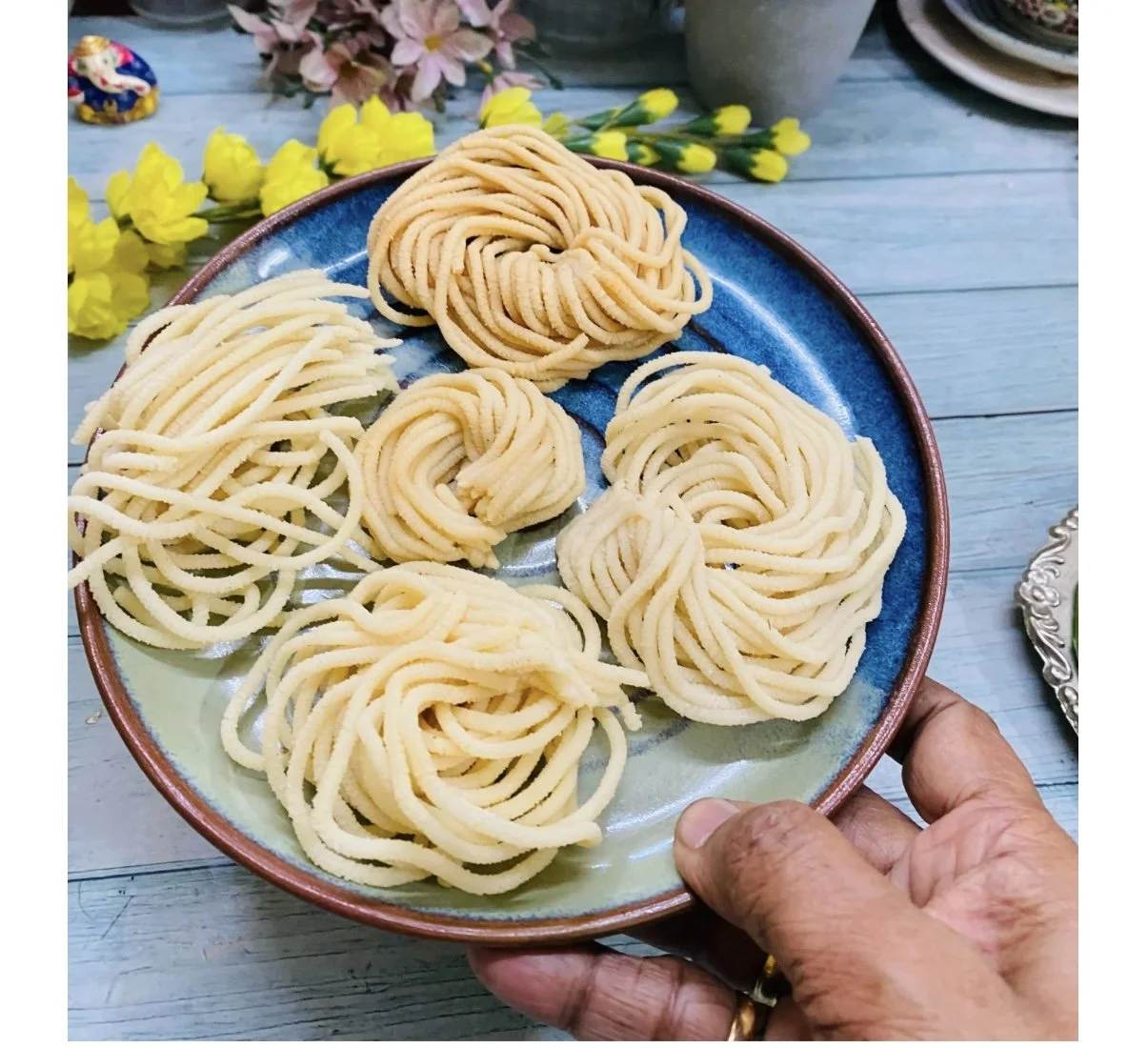
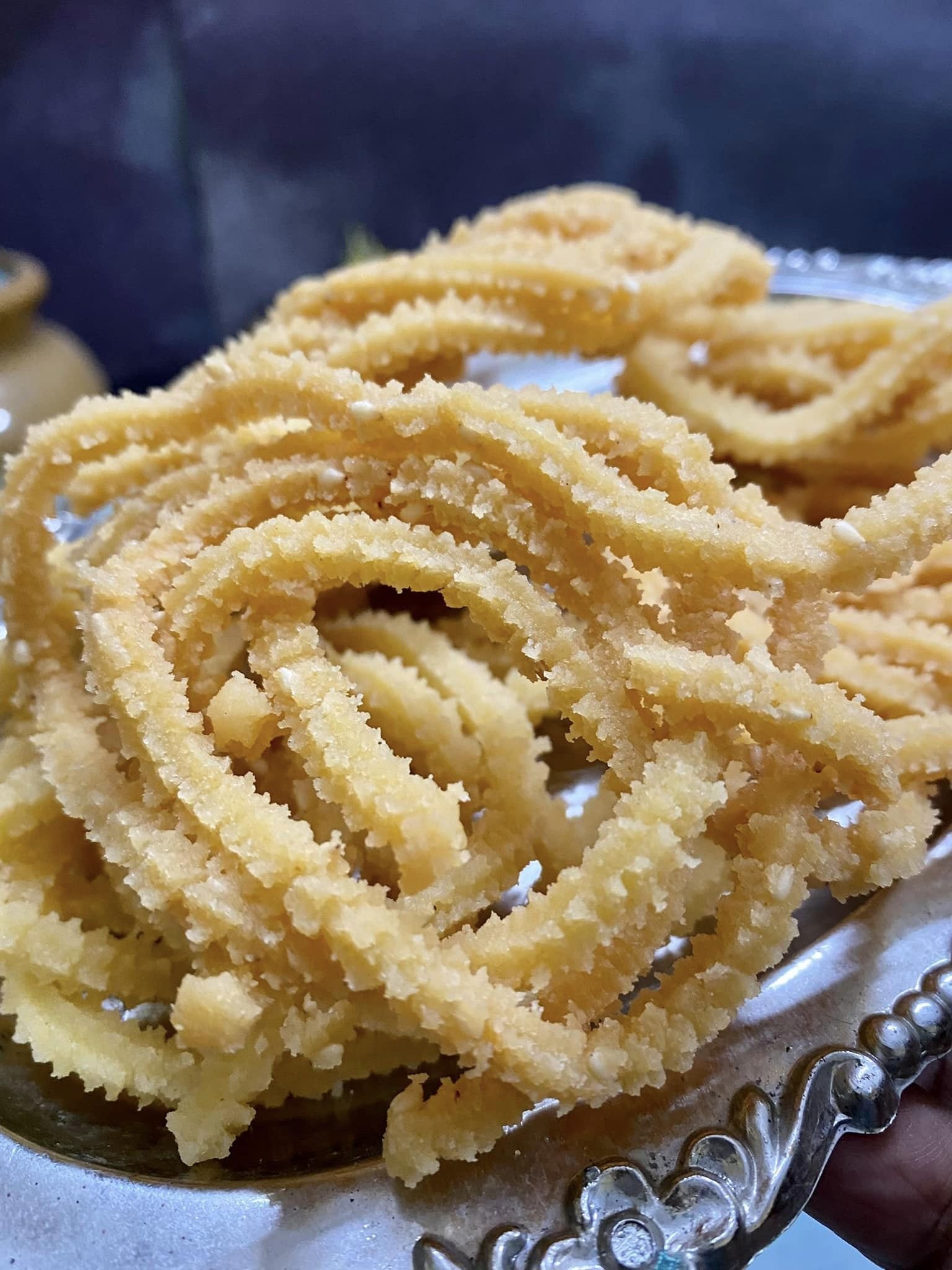









Beetroot Rice or Beetroot Pulao is a colorful, one-pot South Indian dish made with rice, beetroot, and mild spices. Quick to make, healthy, and perfect for lunchboxes or weekday meals.